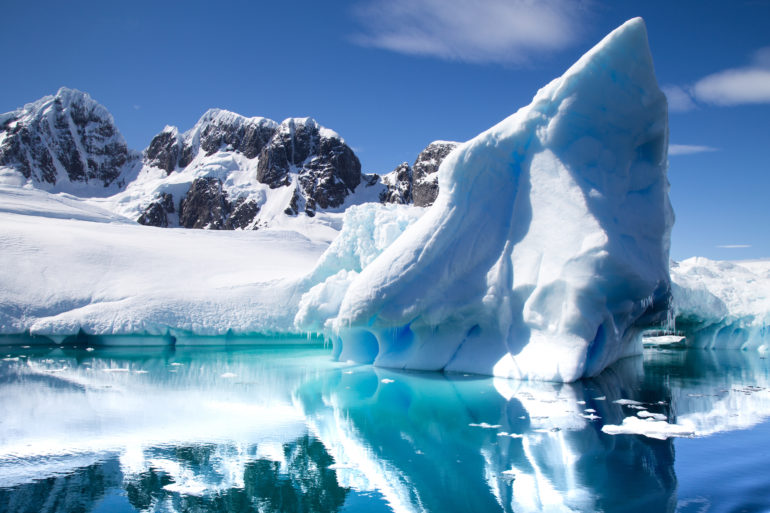Antarctica just experienced its single hottest day ever recorded, hitting a high of 69.35 degrees Fahrenheit (20.75 degrees Celsius) on Feb. 9, a team of Argentine researchers reported.
This is the first time the temperature on the continent has exceeded 20 degrees C (68 F), the researchers told news site AFP.com, but not the first time the continent has seen a new record-breaking high this month. On Feb. 6, a research station on the Antarctic Peninsula (the continent’s northwest tip, closest to South America) reported a high of 64.9 F (18.3 C) — surpassing the previous record of 63.5 F (17.5 C), set in March 2015.
The new 69-degree high was recorded at Argentina’s Marambio research base, located on Seymour Island, part of an island chain off the coast of the Antarctic Peninsula. The peninsula is one of the fastest-warming regions on Earth, according to the World Meteorological Organization — an agency of the United Nations (UN) — with average temperatures rising 5.4 F (3 C) over the last 50 years.
At the same time, annual ice loss from the Antarctic ice sheet increased more than sixfold. As the surrounding ocean warms, huge chunks of ice break off and enter the sea, slowly diminishing the continent’s icy coastline. If a glacier retreats faster than new ice can form to replace it, that glacier could collapse, potentially spilling billions of tons of ice into the water and contributing to sea level rise. According to NASA, Antarctica’s two fastest-shrinking glaciers — the Pine Island Glacier and Thwaites Glacier — contain enough vulnerable ice between them to raise sea levels by 4 feet (1.2 meters).
The new record-breaking temperature also fits with global…



